Using ICT in education
Cooperative learning of robotics with Sphero.
>> Watch the video demonstration <<
In these activities from IC Tioniolo students are working cooperatively to learn how to programme and control small robots called Sphero, Probot, and Beebot. There are three separate activates which cater to different age groups and develop coding and robotics skills sequentially from a young age.
What was the purpose of the activities?
Activity 1 – Learning Scratch
This activity was carried out in partnership with the school’s local University and a class of 11 year-old visited the University of Pisa for a two hour workshop on Scratch.
Activity 2 – Activity with Sphero
This activity was for a class of 12 year-olds and took place over four lessons of two hours each. The activity was designed to teach students how to code in a fun way using an offline device (no internet required). They would allow them to read technical instructions in English and develop their language skills.
The class was divided into 4 groups of 5 students each. Each student had a specific role and that made them feel responsible and equally important for the success of the final outcome: to make the robot move into a labyrinth.
Activity 3 – Probot and Beebots
This activity was for a class of 6 year-olds and another of 10 year-olds that linked Maths and coding and took 4 hours in total. In particular the students were learning about angles and polygons.
The aims of the class were to teach the concepts of angles and polygons in a motivational way, by combing with the basics of coding. Students were encouraged to learn by doing and aimed to improve their memory skills.
How the activity worked in the classroom?
Activity 1 – Activity with Scratch
This activity was run as an extra-curricular activity, so it was open to all students in the class but not all went on the trip. It allowed us to begin coding even though we did not have the equipment in the school.
Other schools might try get an expert to visit with the equipment or begin to get their own computers and robots to do this in-school.
Activity 2 – Activity with Sphero
The outcome of the activity was a great success. The students enjoyed the lesson and were eager to demonstrate their command of the robot and mastery of the command they could give it.
Students learned cooperatively and realised the importance of working well in a group with a common and successful result. They also improved their English, especially for practical or technical purposes. Importantly, the mastered the basics of coding in a fun environment.
There were some drawbacks, first was the poor internet connectivity in school which meant thigs had to be prepared in advance. The project was short-term and not part of the curriculum, so the disappointment was not being able to do this more as part of regular classes.
Activity 3 – Probot and Beebots
The activity was a success as all students could programme a beebot or probot and move it on a circuit. Students also enjoyed the activity and found it fun and engaging.
Students learned from their peers during the activity and at the end they could remember how to draw a polygon and angles. Learning by doing helped them memorise the things they needed to know.
There were some drawback and students had to be patient and wait for their turn to use the equipment. It would be ideal to have more robots and help from another teacher to make this part of the class smoother.
How to develop the technology skills?
The teachers developed these skills in a variety of ways, including workshops in the University of Pisa and other visiting experts.
Two older students from a local coder dojo (an international non-profit organisation) become involved with the school and provided free training courses for students and teachers.
What technology can be used and are the alternatives?
The hardware required for the activities was:
Tablet computers brought by students (BYOD)
The software required was the free Sphero App and Scratch / Scratch Jr.

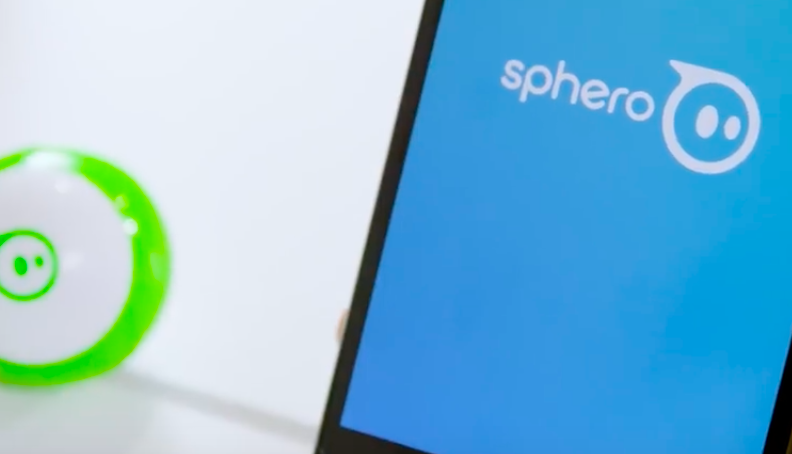

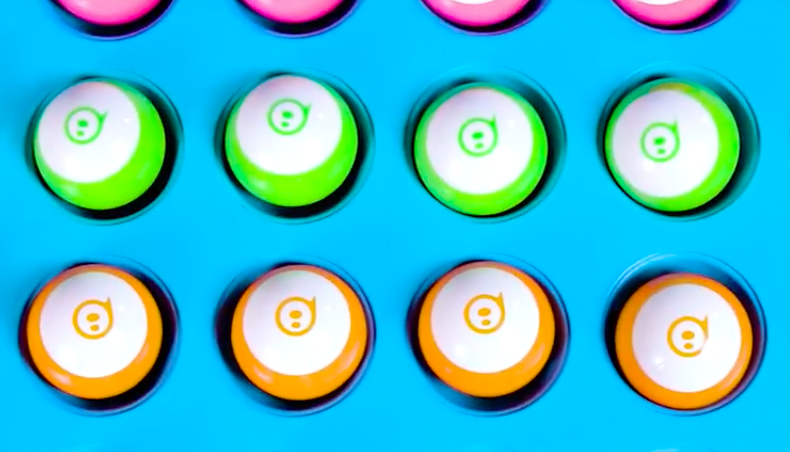
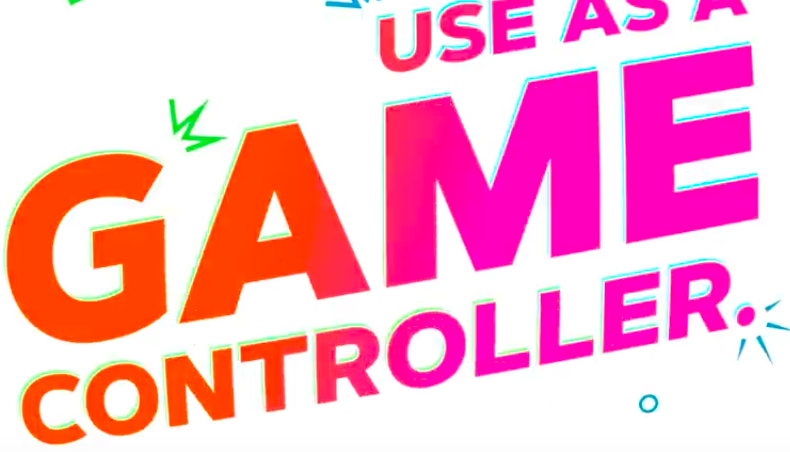
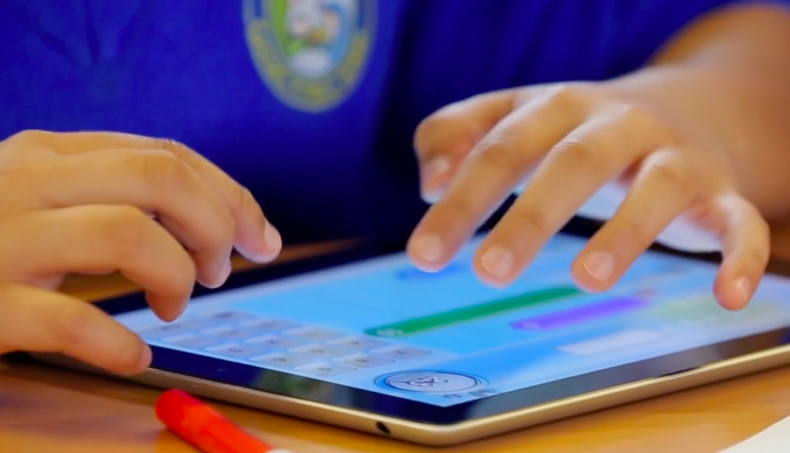
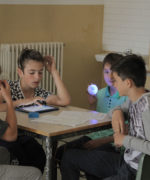 Educational robotics experience in Pisa
Educational robotics experience in Pisa